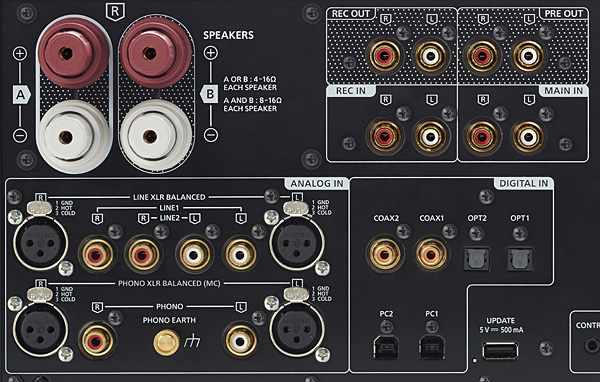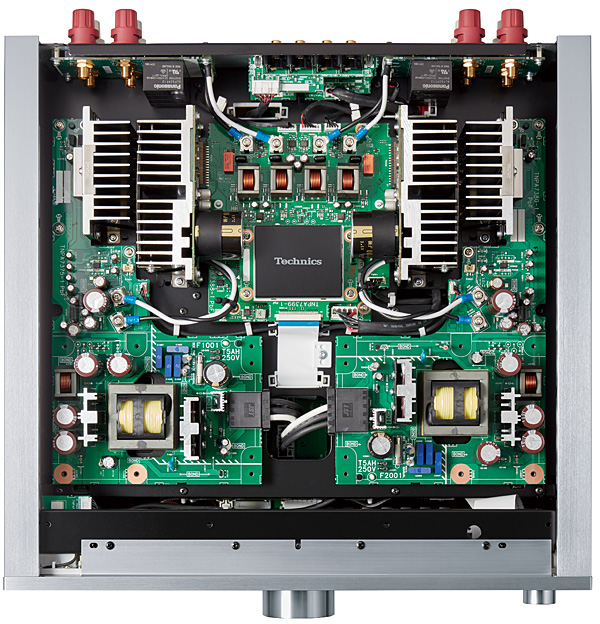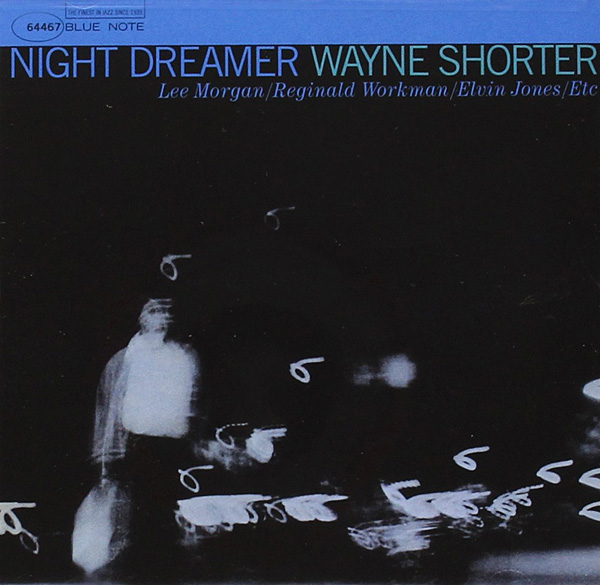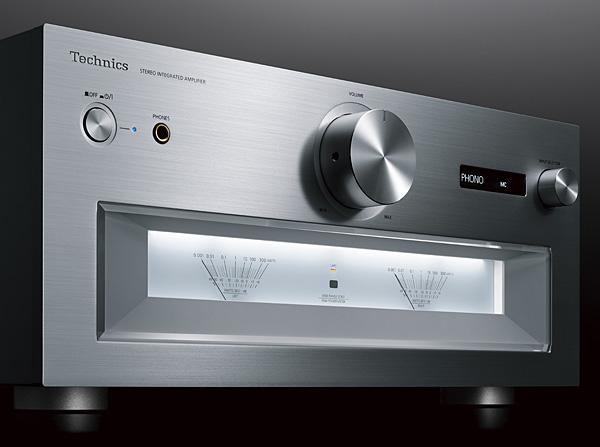| Columns Retired Columns & Blogs |
Assuming we're talking about the SB-7000, I had a pair when living a shuriken's throw from Osaka. Those things had Kubrick looks and were truly immense, with 35cm bass woofers covering 37-700Hz; perfect for hosting a reggae dance in a Jah Shaka fashion and style.
Incidentally, Matsushita is (or was, until about 10 years ago) the mothership from which Panasonic, Technics, Sanyo and other brands were launched.


 What first impressed me was the SU-R1000's immaculate separation of musical lines. Each instrument and vocal occupied a clear, spatially dense, immediate, dynamic, coherent, physical presence. Enabled by the amp's bottomless noisefloor, it was easy to closely follow melodic lines within (eg) complex orchestral material. I heard so deeply into recordings that I wanted to do nothing more than ride the soundwaves wherever they took me. I found myself thinking while playing familiar recordings: "That's on this record?" The SU-R1000 framed recordings, especially vintage vinyl, in their unique, historic time, to a greater extent than any amplifier I'd previously heard. Through the Technics, the constituent ingredients of each recording were shaped and arranged in seemingly perfect order as though snapped to attention by an invisible hand. The SU-R1000 may be technically complex, but its sound was simple, whole, and true with exceptional transparency, flow, and imaging.
What first impressed me was the SU-R1000's immaculate separation of musical lines. Each instrument and vocal occupied a clear, spatially dense, immediate, dynamic, coherent, physical presence. Enabled by the amp's bottomless noisefloor, it was easy to closely follow melodic lines within (eg) complex orchestral material. I heard so deeply into recordings that I wanted to do nothing more than ride the soundwaves wherever they took me. I found myself thinking while playing familiar recordings: "That's on this record?" The SU-R1000 framed recordings, especially vintage vinyl, in their unique, historic time, to a greater extent than any amplifier I'd previously heard. Through the Technics, the constituent ingredients of each recording were shaped and arranged in seemingly perfect order as though snapped to attention by an invisible hand. The SU-R1000 may be technically complex, but its sound was simple, whole, and true with exceptional transparency, flow, and imaging.














































